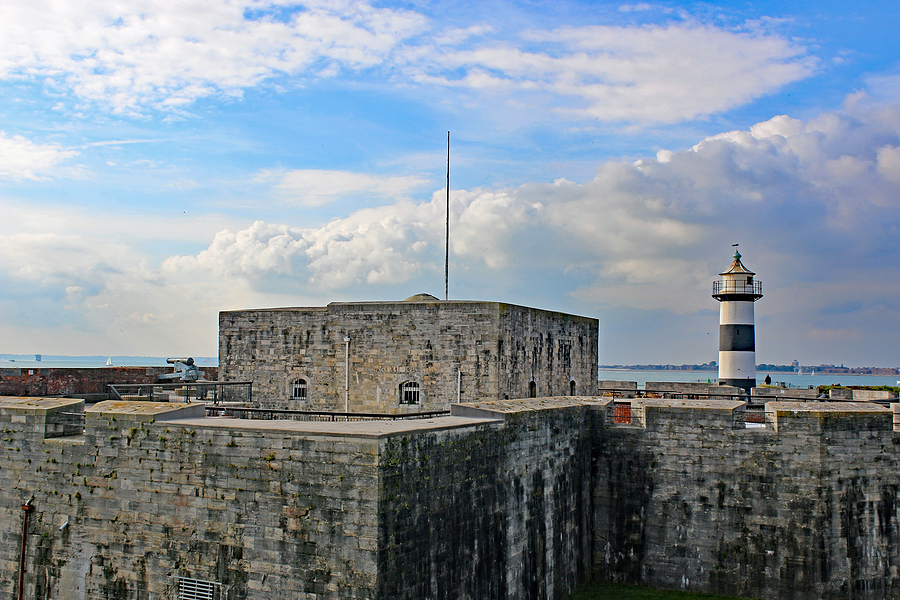Urgent concrete repairs to the sea defence walls at Southsea Castle in Portsmouth have gotten underway to ensure the popular historic attraction is safe for visitors to attend in the summer.
The work, which involves fixing four sections of the coastal path from the Mountbatten Centre in Portsmouth to the Lido, has gotten underway on the 19th April with a completion date of early June, according to contractor Coastal Partners.
The work was originally intended to take place in February. However, due to the blizzard-like temperatures, the repair work could not go ahead. Indeed, multiple sections of the flood defences were further damaged by these winter storms.
This involves path repairs to the concrete sea walls, which are solid structures that are built on the coast to stop the risk of erosion on the land itself.
The repairs to these walls, which were installed in 2019, are being provided by the original contractors at no extra cost to Portsmouth City Council, the authority responsible for the safety of the area.
Diversions have been set up for both pedestrians and cyclists for each of the sections of the coastal path, which will be closed one at a time as they are repaired.
Why Do Sea Defences Need Repairing?
Coastal Erosion, where the sea gradually takes silt, salt and sand from the coast and deposits it elsewhere, is an increasingly major problem as homes and buildings have been built closer to the coast than ever before.
If too much of the coast is eroded it can cause subsidence and even outright collapse of a building.
There are several types of defence used to combat this, which either act as a barrier for seawater or work to distribute the direction and energy of waves elsewhere.
Sea walls are among the most effective ways to reduce erosion, partly by acting as a physical defence and partly by being constructed to reflect wave energy back towards the sea, reducing erosion, and can be made using both hard-wearing concrete and natural materials.
However, waves will constantly crash against them, requiring not only strong materials but a design that complements the natural behaviour of the sea in the area.
Like most concrete structures, repairs to a seawall are highly important as a structurally significant crack can magnify into more significant damage and even collapse of the structure if not repaired comprehensively.
There are generally three main types of sea wall structure. There are vertical walls, curved walls and mound walls.
Vertical walls are the most literal interpretation of sea walls, which are built to resist waves crashing against them. Of the three types of wall, they are the ones most at risk of erosion, as moving sediment at the best of the wall can cause it to break or simply collapse.
Typically this is resisted by placing piles at the base of the wall to slightly reduce and direct the wave damage.
As well as this there are curved walls, which have a lip at the top to curl, dissipate and reflect wave energy back into the sea, which work well unless too much material is at the base of the wall.
Finally, there are mound walls, which act more like armour for the shore and use a mix of concrete, rocks and slopes to resist wave energy.

